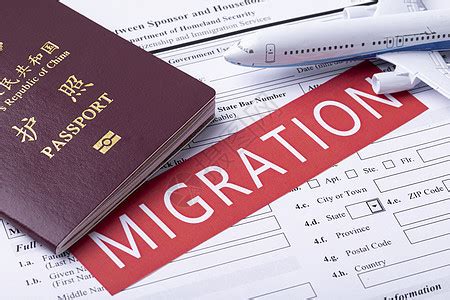移民海外有什么好处
Exploring Five Forms of Emigration Abroad
Emigration, or the act of leaving one's own country to settle permanently in another, can take various forms depending on individual circumstances and preferences. Here, we delve into five common forms of emigration abroad:
1.
EmploymentBased Immigration:
This form of emigration involves individuals moving to another country primarily for employment opportunities. Many countries offer work visas or permits for skilled workers in highdemand fields such as technology, healthcare, engineering, and finance. Prospective immigrants often secure a job offer before relocating, although some may enter on temporary work visas and later seek permanent residency. Researching the labor market, understanding visa requirements, and networking with potential employers are crucial steps in pursuing employmentbased immigration.
2.
Family Sponsorship:
Familybased immigration occurs when individuals relocate to join relatives who are already settled in another country. Spouses, parents, children, and siblings may be eligible for familysponsored visas or residency permits, depending on the immigration laws of the destination country. Documentation proving the familial relationship and financial support may be required during the application process. Family sponsorship provides emotional support and a sense of belonging for immigrants, as they have established ties in their new community from the outset.
3.
Investor Immigration:
Investor immigration programs allow individuals to obtain residency or citizenship in another country by making a substantial financial investment. These investments typically take the form of real estate purchases, job creation through business ventures, or contributions to government funds. Countries offering investor immigration schemes often prioritize investors who can stimulate economic growth and create employment opportunities. Prospective immigrants should carefully assess investment requirements, potential returns, and immigration benefits before participating in such programs.
4.
Study Abroad and Student Visas:
Emigration for educational purposes involves individuals relocating to another country to pursue academic or vocational studies. Many universities and colleges worldwide welcome international students and offer a range of programs taught in English or other languages. Student visas permit temporary residence for the duration of the academic program, with opportunities to extend or transition to work visas upon graduation. Emigrating for education allows individuals to gain valuable skills, cultural experiences, and global perspectives while advancing their career prospects.

5.
Asylum and Refugee Resettlement:
Asylum seekers and refugees flee their home countries due to persecution, conflict, or humanitarian crises and seek protection and resettlement in other nations. Asylum may be granted to individuals who can demonstrate a wellfounded fear of persecution based on race, religion, nationality, political opinion, or membership in a particular social group. Refugee resettlement programs facilitated by international organizations and host countries provide assistance with housing, healthcare, education, and integration support. Emigration through asylum or refugee status offers a lifeline to individuals facing dire circumstances and enables them to rebuild their lives in safety.
In conclusion, emigration abroad can take diverse forms, each shaped by individual motivations, circumstances, and legal pathways. Whether driven by career opportunities, familial ties, investment prospects, educational pursuits, or humanitarian concerns, emigrants contribute to the cultural diversity, economic vitality, and social fabric of their host countries while embarking on transformative journeys of personal and professional growth.










